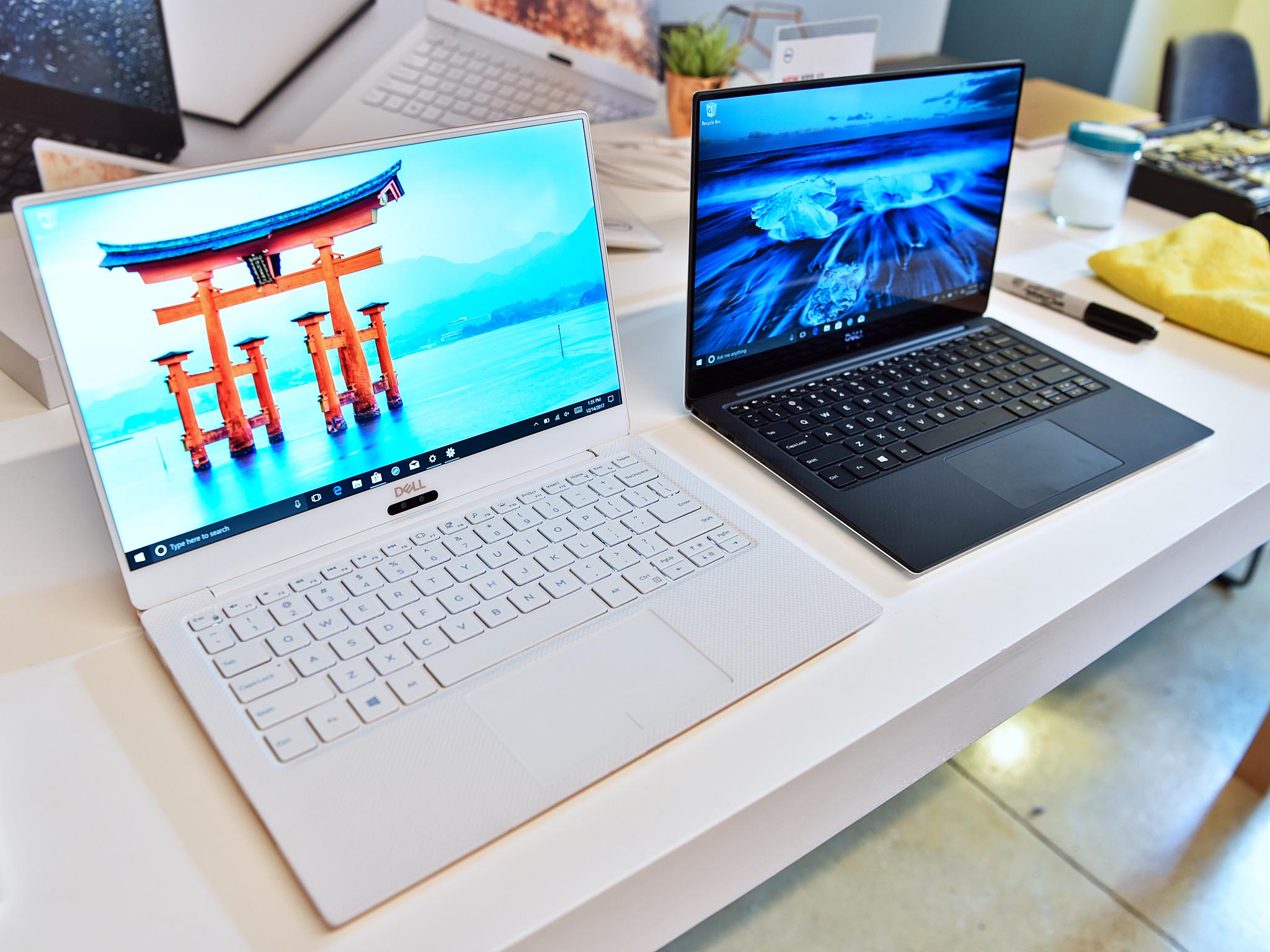
The updated XPS 13 9370 is available now, but its predecessor, the XPS 13 9360, will remain available for the next few months. The newer model does come with some interesting improvements and design changes, but that doesn't mean the 9360 isn't still an attractive laptop, especially for anyone looking to save a bit of money and retain most of the same performance. If you have your heart set on an XPS 13, have a look at what makes the two laptops different to help you made a final decision.
We're giving away a FREE XPS 13 9370! Enter now!
Dell XPS 13 9360 vs. 9370: Specifications
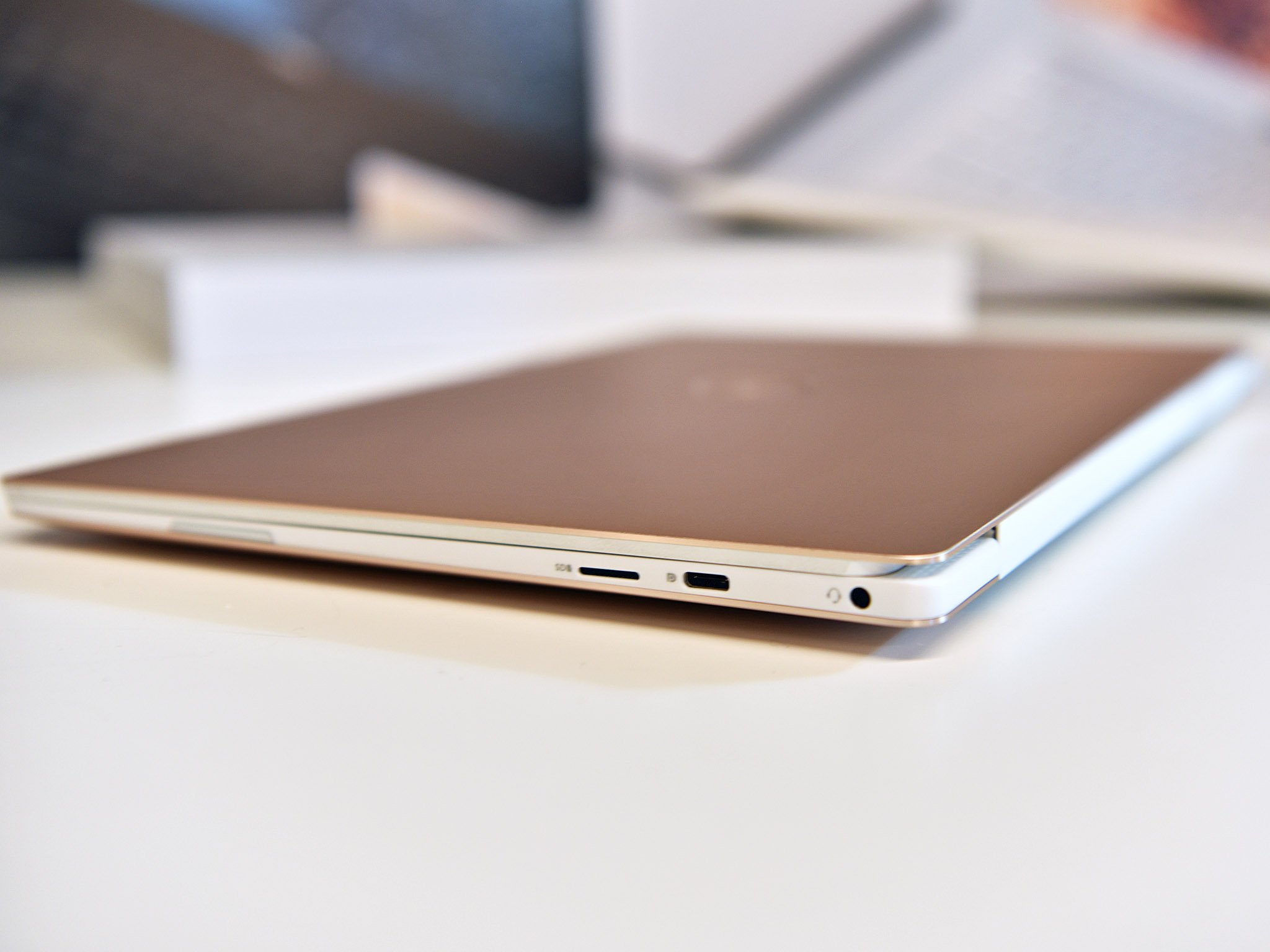
| Category | XPS 13 9360 | XPS 13 9370 |
|---|---|---|
| Processor | Seventh-gen Intel Core i3-7100USeventh-gen Intel Core i5-7200UEighth-gen Intel Core i7-8550U | Eighth-gen Intel Core i5-8250UEighth-gen Intel Core i7-8550U |
| Display size | 13.3 inches | 13.3 inches |
| Display Resolution | 1,920 x 1,080 (FHD)3,200 x 1,800 (QHD+) | 1,920 x 1,080 (FHD)3,840 x 2,160 (4K UHD) |
| RAM | 4GB/8GB/16GB DDR3 | 4GB/8GB/16GB DDR3 |
| Graphics | Intel HD 620Intel UHD 620 | Intel UHD 620 |
| Storage | 128GB/256GB/512GB/1TB SSD | 128GB/256GB/512GB/1TB SSD |
| Camera | Front-facing 720p | Front-facing 720pIR camera for Windows Hello |
| Biometrics | Fingerprint reader (optional) | Fingerprint reader (optional) |
| Wireless | Killer 1535802.11ac (2 x 2)Bluetooth 4.1 | Killer 1435802.11ac (2 x 2)Bluetooth 4.1 |
| Ports | Two USB-A 3.0USB-C Thunderbolt 3SD card reader3.5mm audio jack | Two Thunderbolt 3USB-C 3.1microSD card reader3.5mm audio jack |
| Battery | 60WHr | 52WHr |
| Dimensions | 11.98 in x 7.88 in x 0.33-0.60 in(304 mm x 235 mm x 9-15 mm) | 11.9 in x 7.8 in x 0.3-0.46 in(302 mm x 199 mm x 7.8-11.6 mm) |
| Weight | 2.7 pounds (1.2 kg) non-touch2.9 pounds (1.29 kg) touch | 2.67 pounds (1.2 kg) non-touch2.68 pounds (1.2kg) touch |
| Color | Silver with black palmrestRose gold with black palmrest | Silver with black palmrestRose gold with alpine white palmrest |
| Price | Starting at about $800 | Starting at about $1,000 |
Dell XPS 13 9360 vs. 9370: Design and features
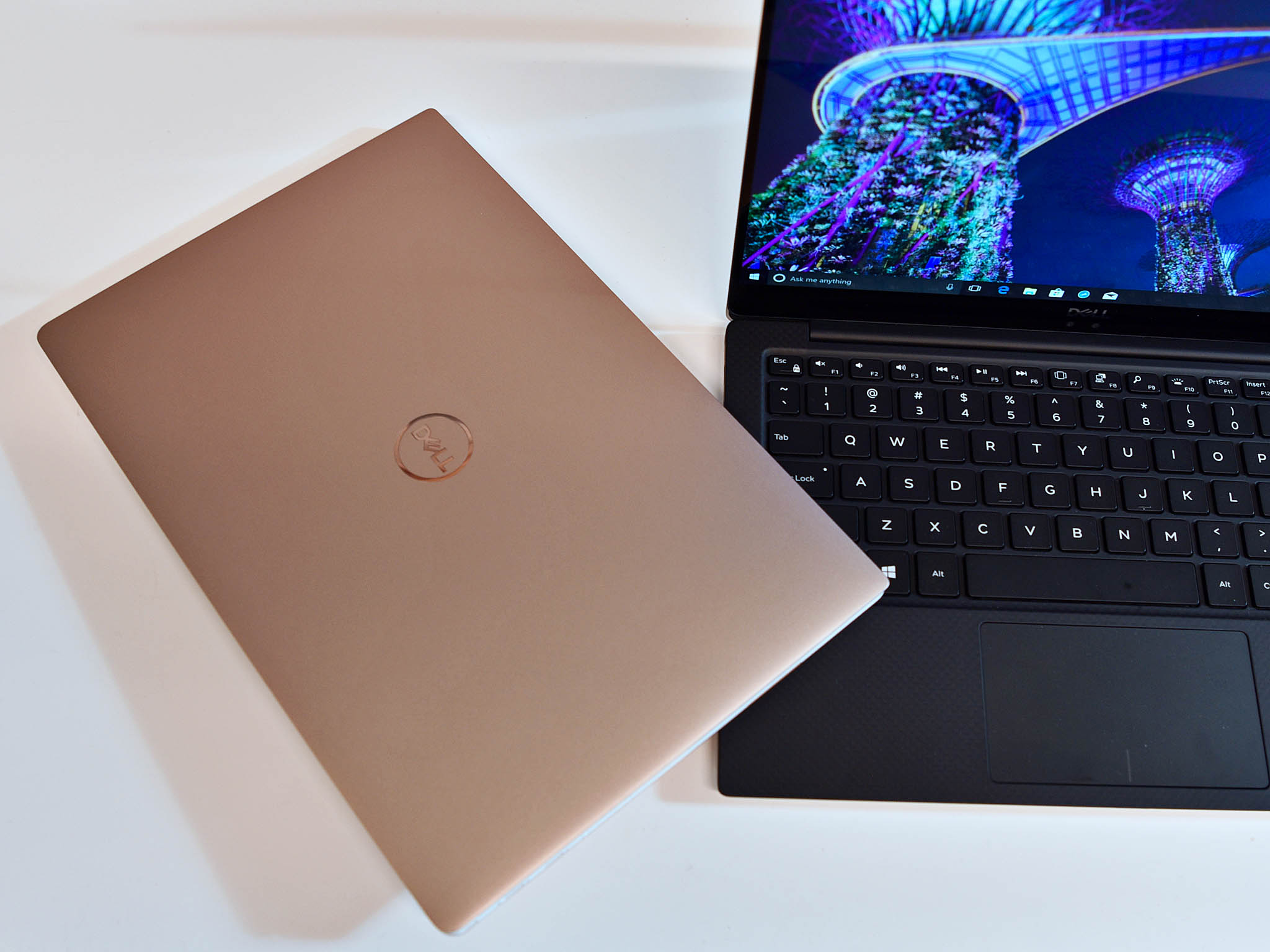
The first difference you'll notice here is likely the color scheme. While you can still pick up a silver XPS 13 9370 with a black carbon fiber palm rest and bezel, there's now an option with a rose gold exterior and white palm rest. It's quite striking and will no doubt appeal to anyone who likes to turn heads when they open up at a cafe. The 9360 remains available in silver/black and rose gold/black options.
For anyone who loves the smallest laptop possible, the XPS 13 9370 is about 24 percent smaller than the 9360. You'll especially notice how it's just 0.3 inches at its thinnest, and the entire package weighs in at about 2.67 pounds if you're looking at non-touch and about 2.68 pounds with a touchscreen. While the 9370 is smaller, the 9360 is still a slim and light laptop compared to a lot of other 13-inch options.
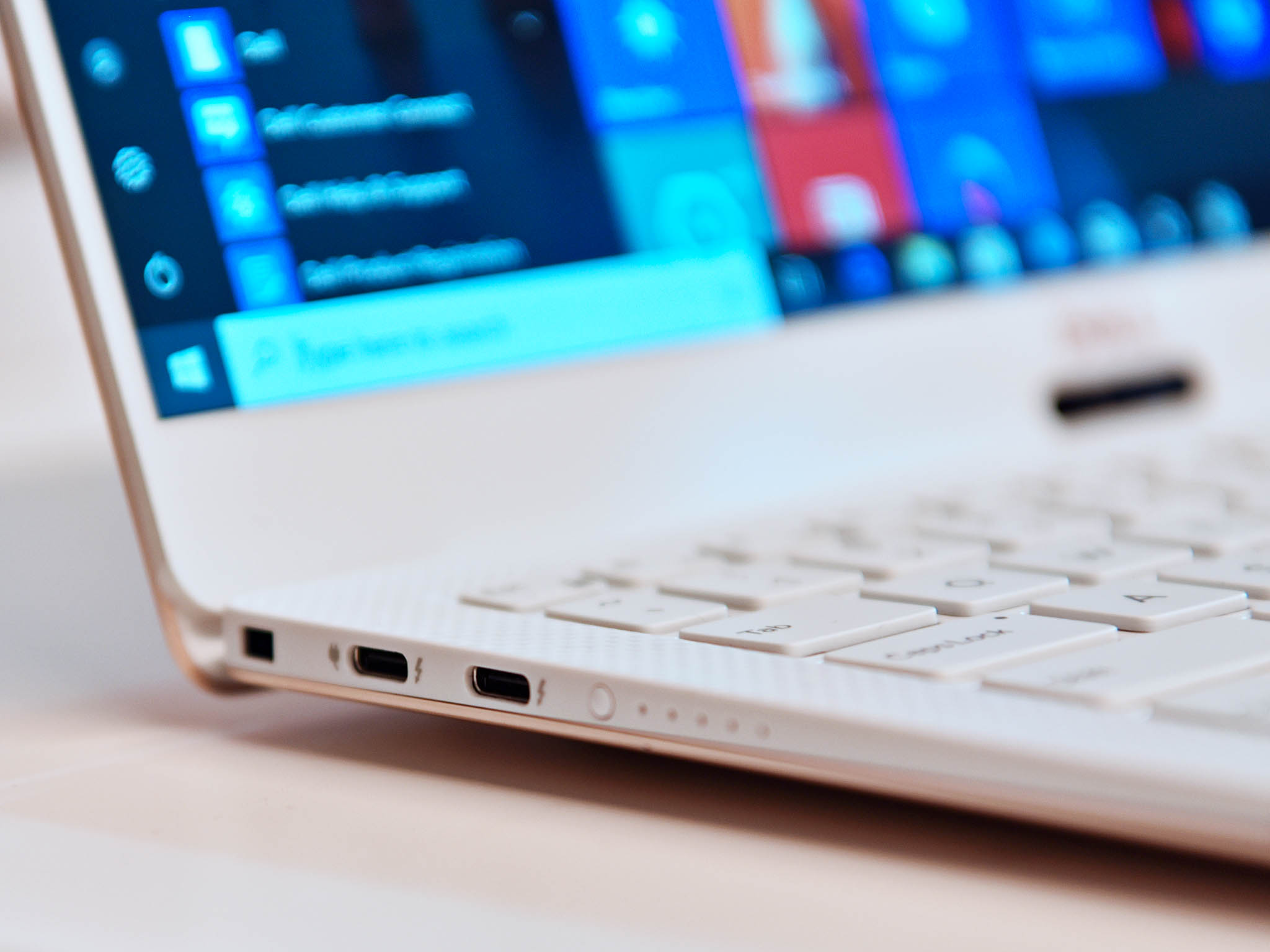
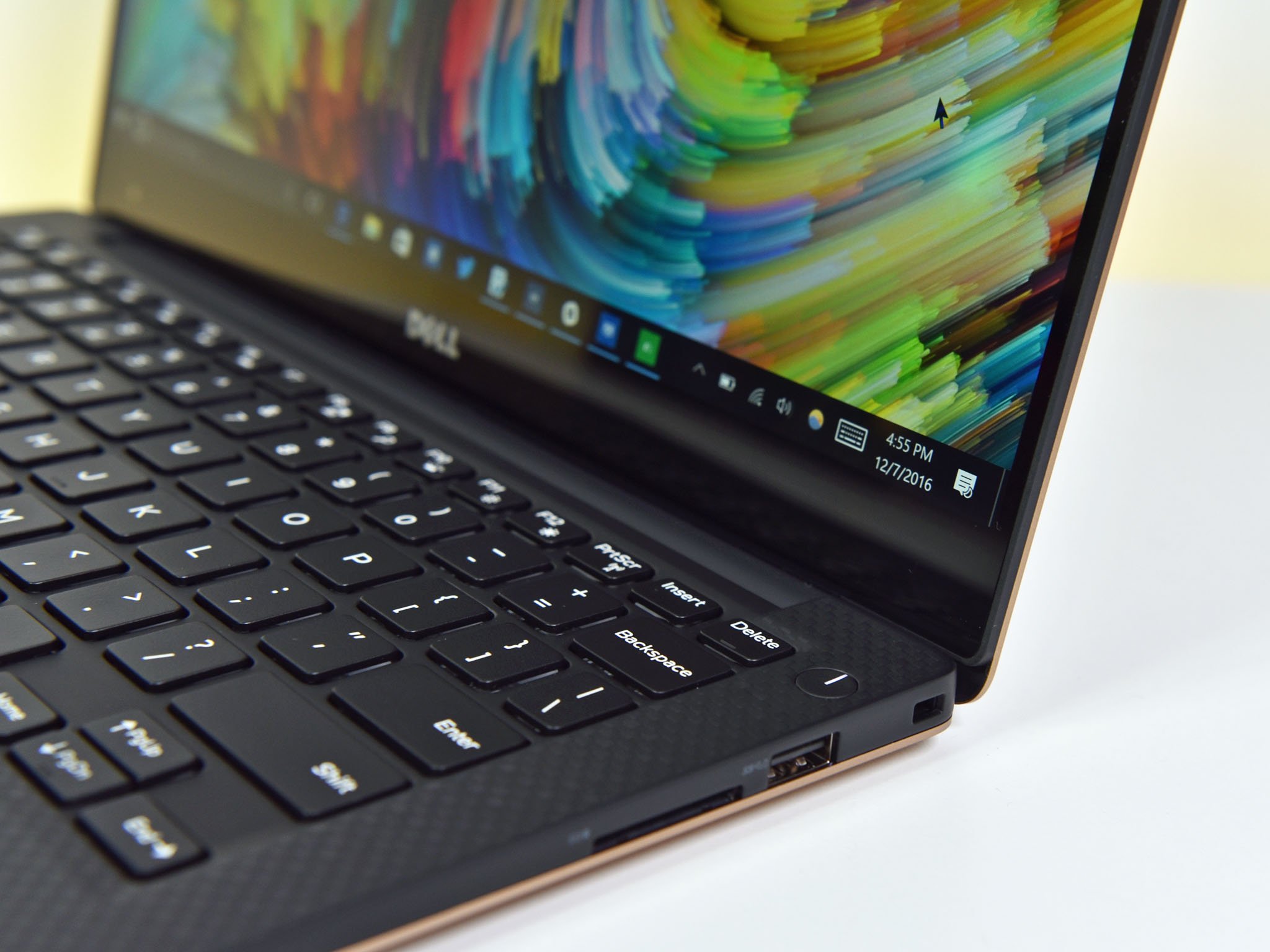
Port selection has been rethought on the 9370, with Dell looking to the future. You're now getting two Thunderbolt 3, a USB-C 3.1, a microSD card reader, and a 3.5mm audio jack. You'll have a harder time connecting your older peripherals that still use USB-A, but anyone wanting to plug in an eGPU for serious gaming power can take advantage of the four-lane transfer of each Thunderbolt 3 port. The older 9360 has two USB-A ports for easy connection of your older accessories, and the full-size SD card reader is no doubt handy for a lot of photographers. The Thunderbolt 3 port on the 9360, however, is capped at two lanes of PCIe transfer.
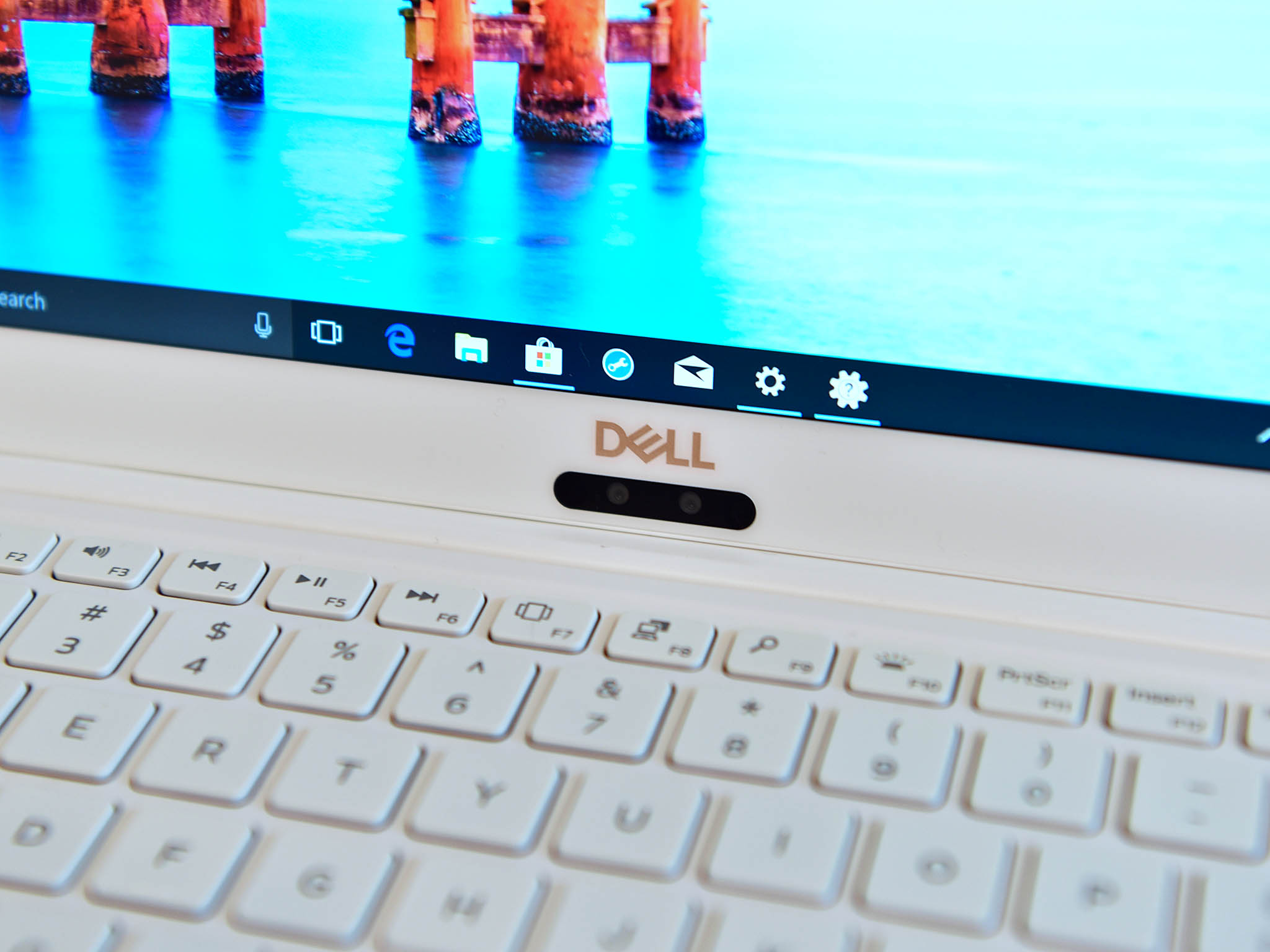
The XPS 13 9360 has a camera located below and to the left of the display, which makes for a nice nose view when conferencing. The camera is in the same spot on the 9370, although it's been moved to the middle. It also now supports IR facial recognition, allowing you to log in quickly with Windows Hello. Like the 9360, you can also choose to add a fingerprint reader to the 9370.
Finally, the chiclet keyboard and Precision touchpad have remained mostly the same. The 9370 does have a new mechanism working behind the scenes, but key travel remains the same and there's still a backlight. The touchpad has thankfully not been altered. Why mess with something that works?
Get the Windows Central Newsletter
All the latest news, reviews, and guides for Windows and Xbox diehards.
Dell XPS 13 9360 vs. 9370: Display
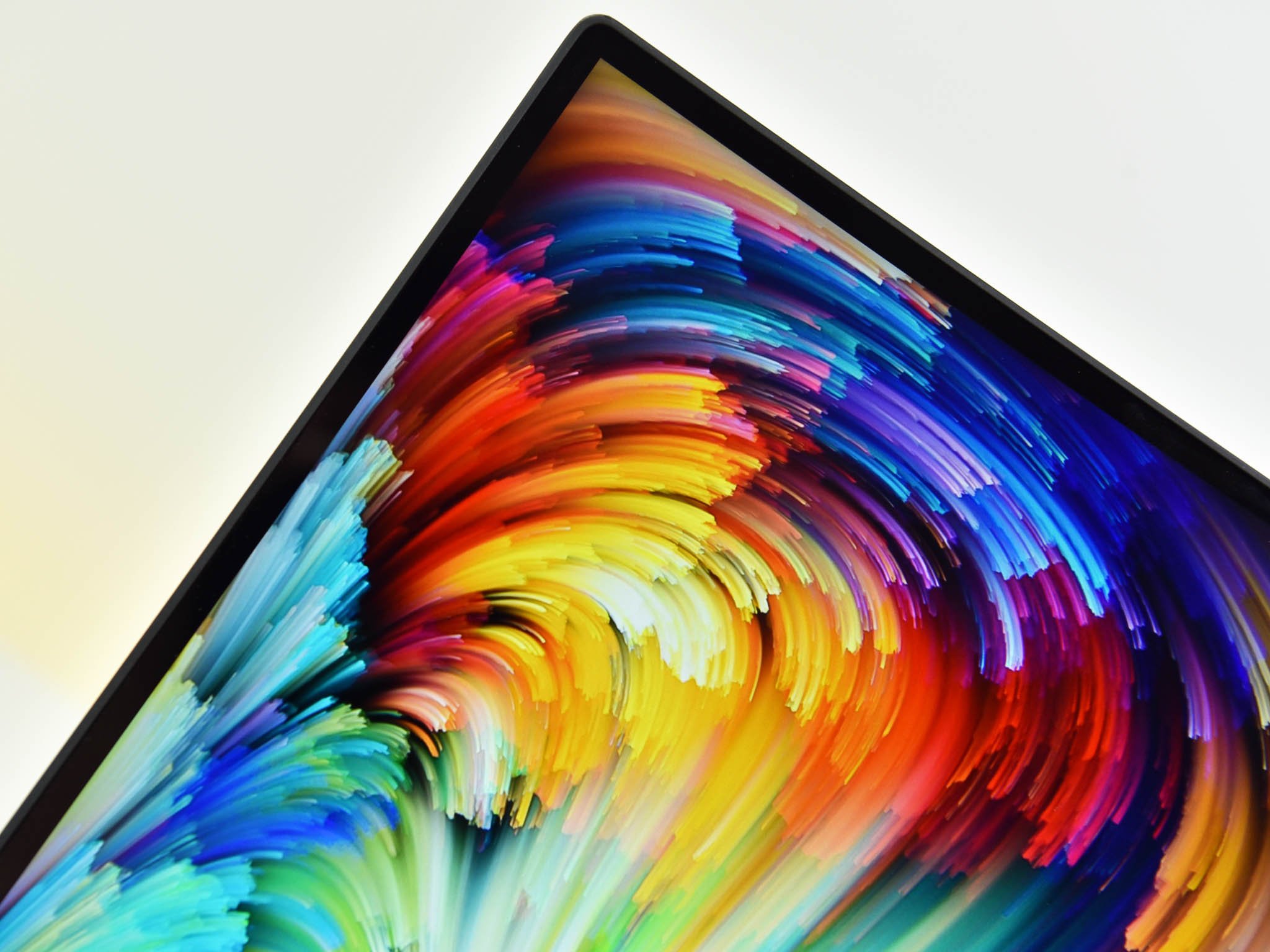
What was already a picture that seemed to stretch from edge to edge on the 9360 has been improved. The XPS 13 9370 has 23 percent slimmer bezels, which allows Dell to keep the same 13.3-inch display size while also cutting down on the size of the chassis. Where the 9360 has 1080p and 1800p resolution options, the 9370 has 1080p and 4K options. Touch options should be available for both resolutions.
The 9370's display is brighter (up to 400 nits from 350), has better viewing angles, and offers up a better contrast ratio, partially thanks to Dell's CinemaColor tech which combines software and hardware to deliver an impressive picture.
Keep in mind that the display in the 9360 is no slouch, and if you're in the market for a 1080p laptop, there are several advantages to the older model. It's available at a lower starting price, you can get a Core i3 processor (CPU) that's meant for light tasks, and the battery is larger for more runtime. If, however, you crave high resolution, the new 9370 with 4K display is your best bet.
Dell XPS 13 9360 vs. 9370: Performance
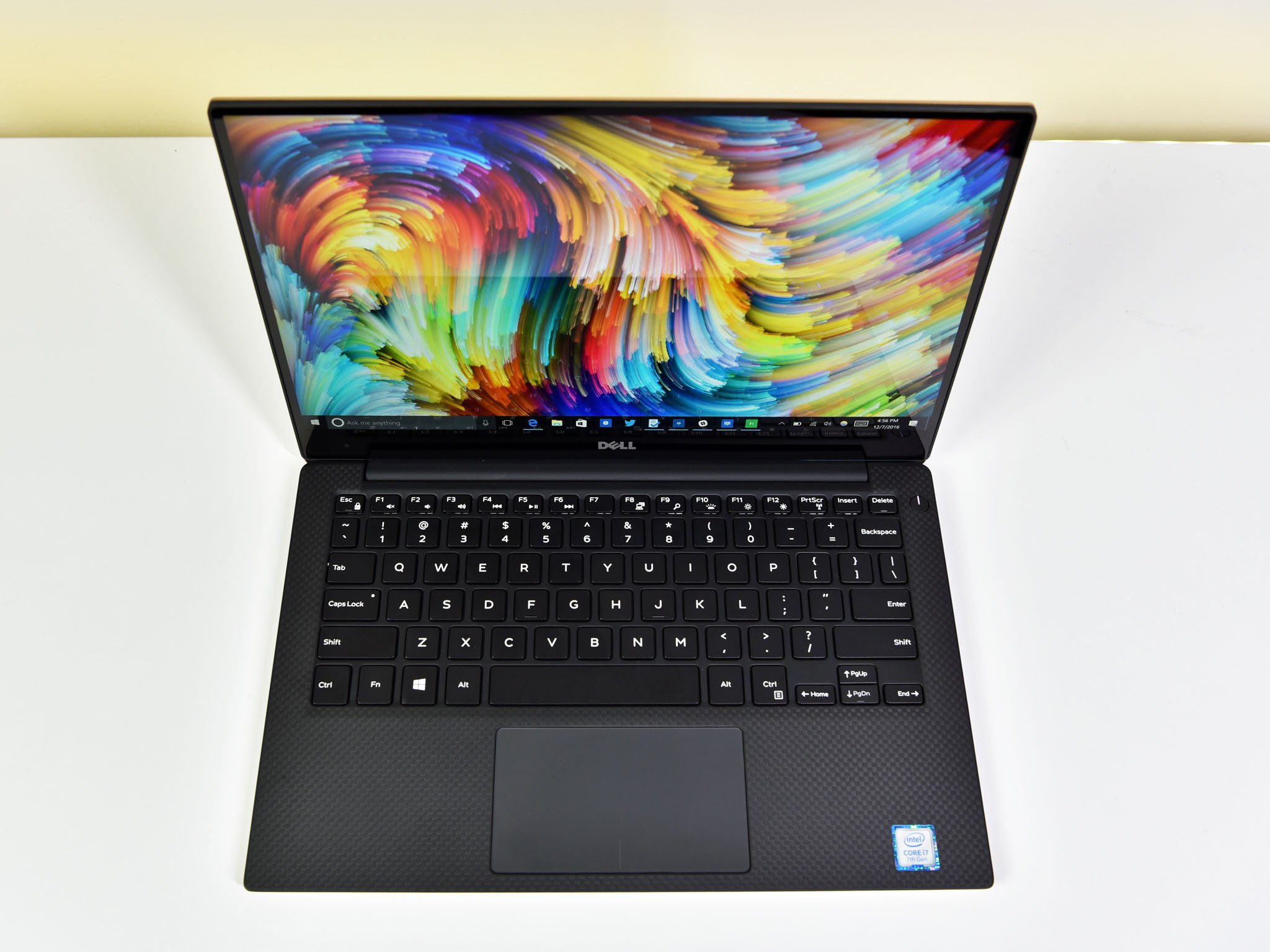
For a cheaper laptop with less power in it (perfect for everyday multitasking), the XPS 13 9360 is your better bet thanks to the seventh-generation Intel Core i3-7100U option with 4GB of RAM. The 9370 does not currently have a Core i3 option. Whereas the 9360 is using a seventh-generation Intel Core i5-7200U, the 9370 has the latest Core i5-8250U. As for the top model, both the 9360 and 9370 are available with eighth-generation Intel Core i7-8550U CPUs.
Both are available with up to 16GB of RAM, and both have 1TB PCIe solid-state drive (SSD) options. Head-to-head, the top Core i7 models would perform similarly, though the 9370 has improved thermals that keep your CPU cooler, allowing it to operate at a higher frequency for longer.
The seventh-generation Core i5 in the 9360 would no doubt be outpaced by the eighth-generation chip in the 9370, thanks to four cores and a higher overall clock speed. Bottom line? Best performance almost always means going with the new model, and the same appears true here.
Dell XPS 13 9360 vs. 9370: Battery
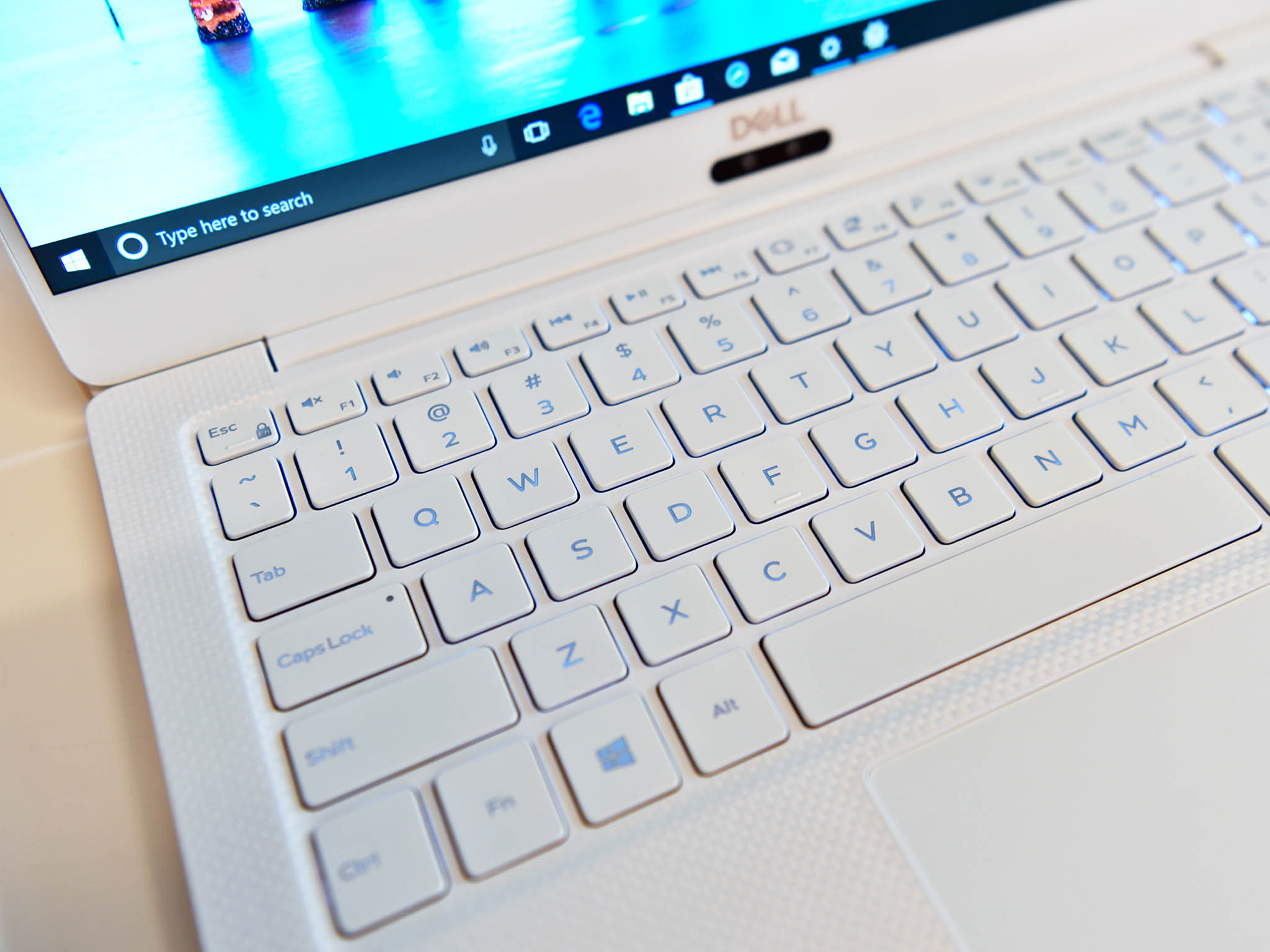
The battery in the new 9370 has been shrunk down to 52WHr from 60WHr in the 9360, but that doesn't necessarily mean it won't last as long. The newer XPS 13 has improved thermals and also has the more-efficient eighth-generation Core i5 CPU (9360 and 9370 share the same eighth-generation Core i7 CPU).
The 9370 should net about eight hours of life from the 4K version, whereas the 9360 gets about 10 hours of life from the 1800p version. With both using a 1080p display, you can expect about 11 hours from the 9370 and about 13 from the 9360. With either model, you should be able to get through a full workday without searching for an outlet.
Dell XPS 13 9360 vs. 9370: Price
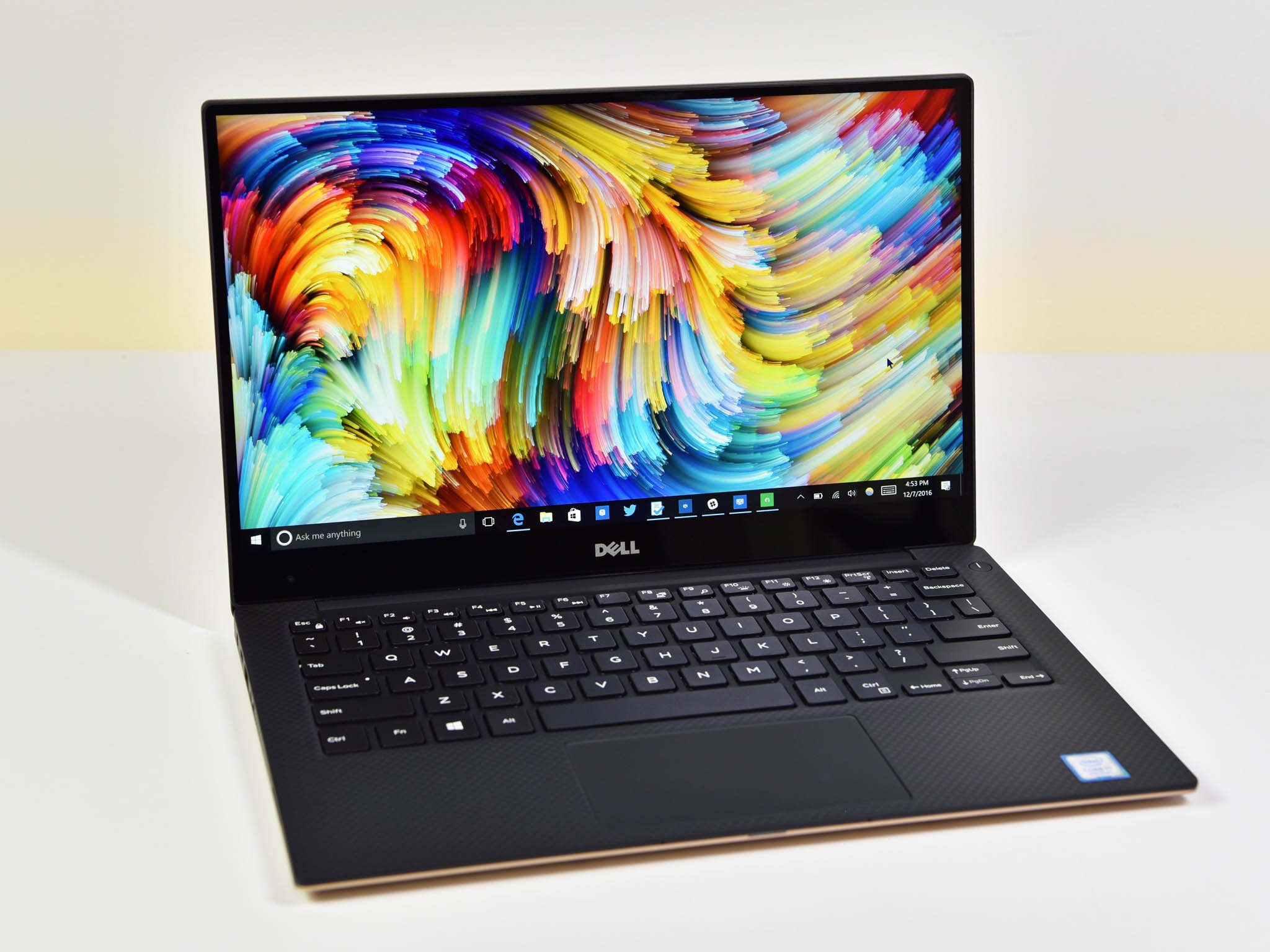
Looking for the cheapest possible option? The XPS 13 9360 with Intel Core i3 CPU, 4GB of RAM, 128GB SSD, and 1080p non-touch display costs about $800. From there, the first seventh-generation Core i5 model with 8GB of RAM and a 128GB SSD starts at about $900. Topping things off, you can get an eighth-generation Core i7 CPU, 16GB of RAM, a 1TB PCIe SSD, and an 1800p touch display for about $2,200.
As for the 9370, the lowest price, with an eighth-generation Core i5 CPU, 4GB of RAM, 128GB SSD, and 1080p non-touch display starts at about $1,000. If you max things out, with the Core i7 CPU, 16GB of RAM, a 1TB PCIe SSD, and a 4K touch display, you're looking at something closer to $2,450.
More resources
Interested in either of Dell's XPS 13 models? Be sure to check out these other links for more information.

Cale Hunt brings to Windows Central more than eight years of experience writing about laptops, PCs, accessories, games, and beyond. If it runs Windows or in some way complements the hardware, there’s a good chance he knows about it, has written about it, or is already busy testing it.
